The Portuguese Woman: An interview with director Rita Azevedo Gomes
Director Rita Azevedo Gomes has delivered a true curiosity of a film. It’s not perfect, and its sensibilities might be alienating to some audiences. Despite this, the movie is captivatingly beautiful to look at, and its flaws are at least interesting ones. The film depicts the journey of an unnamed Portuguese woman (the flame-haired Clara Riedenstein) who is seemingly hastily married off to Von Ketten (Marcello Urgeghe). She is whisked away to his castle in the north of Italy, where she is immediately abandoned by her military husband for 11 long years. For good measure, an ethereal narrator (Ingrid Caven) occasionally drifts past to offer commentary (which is often sung) on the proceedings. We sat down with Rita Azevedo Gomes at this year’s Berlinale to talk about her latest work.
Your film was adapted from the 1936 novella by the Austrian writer Robert Musil. When did you first read the book, and did you feel an immediate connection with it?
Once, I was in Porto, where there are some nice old bookshops, and sometimes I buy books because I like the cover – it was an old edition, and this book, I didn’t know what it was. So it was sitting for a couple of years at home – I didn’t even read it. But afterwards, I was speaking with Agustina Bessa-Luís, who is one of the major figures of our contemporary literature. For me, she’s maybe the greatest. She’s very, very surprising. She was making a reference to this particular tale – The Portuguese Woman, and so we were wondering why Robert Musil had written a tale about a Portuguese woman. She had the idea that he maybe had the intuition to write this book because in his voyages across Europe, he was passing through Madrid and Prado, and in Prado he’d seen a portrait of Isabella of Portugal. And he was very impressed by this portrait – he wrote about this portrait. So she kind of guessed that the impression this woman made on him caused him to write this story. Who knows? But I like that story, so I take it as being possible.
How did this lead you to adapt the story for the screen?
I went to read the book again, I’d had it for, I don’t know, maybe 20 years. And then I became more and more curious, and Agustina Bessa-Luís and I spoke a few times about Musil, about the Portuguese tail. And so I asked her if she would like to write an adaptation for a film. And she said OK. She liked Musil’s writing, and she very much liked this story. She gave me a short script outline, it was like seven pages, and I was very surprised and perplexed with what she had written, and what she had added to Musil’s characters. She’s a very strong writer. So I have these two major writers who have something in common for me. They’re completely free, and they’re a bit crazy. They say things (in their writing) that I don’t understand, or I don’t understand why this sentence is here. If you read Musil, there are some sentences that have no logical reason to be there. And that attracts me – the non-obvious, the illogical, the unexplainable. This is enigmatic, and I like that view where things aren’t so well explained.
You frame your shots like a painting, or like a stage, with very little movement of the camera. This creates a space for your actors, but was this difficult for them? Film actors are perhaps more used to scenes where the camera is in motion.
It creates some conditions for them. I don’t know which is more easy or more difficult. We have to fit our suits. It’s like you (the actors) need to look here, you need to stand there, put your hand like this – these kinds of marks that actors need to hit. It’s really like dressing someone. I try to do my best to help the actors, and sometimes it’s not very comfortable. It sounds fake if I’m talking to you, and you need to look in the other direction at the balcony, and it’s not very natural. But sometimes things work as a composition. It’s like music. You have to compose, you have to find something like the truth – whatever that is. And so in this case, I didn’t need to move. When you feel like moving, of course you can move the camera. But normally when I’m filming I ask myself why am I doing this? Why is the camera moving? Why is it travelling? Why is it going from here to the end of the room? What’s the need? For instance, we had quite a few hours preparing a scene with the Bishop (in the film), and I had seen it differently. I had the camera travelling and I’d marked everywhere. It was complicated. I had a very short time to prepare, and I had to make it work. 30 or 40 people… and a dog, and it’s always complicated to film with animals. We rehearsed, and it was very well rehearsed – the movement of the camera, the entrance of the characters, the circling around, the coming back, and it was like we (the audience) were in the scene. Something was not… I don’t know. Something was not OK, and I couldn’t understand what. I got a bit lost and I thought, why is the camera moving? So no travelling, let’s just leave everything, adjust the tripod, make the camera a bit higher, and that’s it. For me it makes more sense – like in a painting, you have the perspective, and that’s the movement. You don’t need to fly around.
Oliver Johnston
Photo: Pier Marco Tacca/Getty Images
The Portuguese Woman (A Portuguesa) does not have a UK release date yet. Read our review here.
Read more reviews from our Berlin Film Festival 2019 coverage here.
For further information about the event visit the Berlin Film Festival website here.



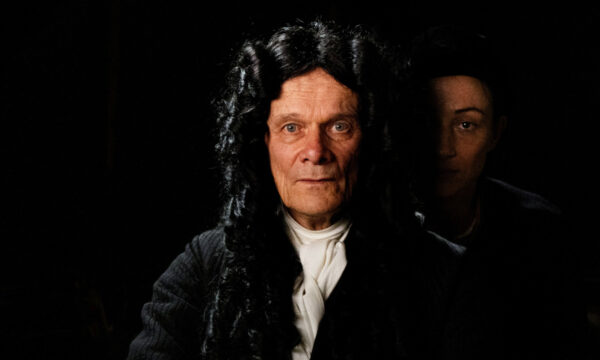
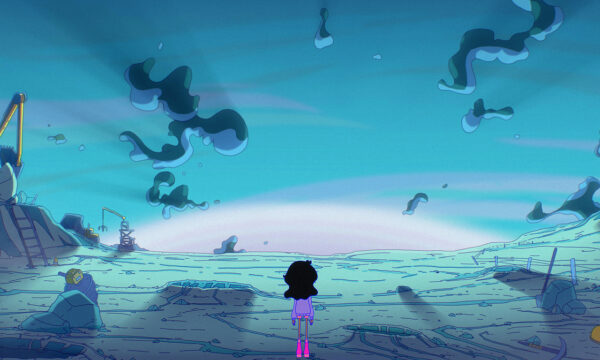
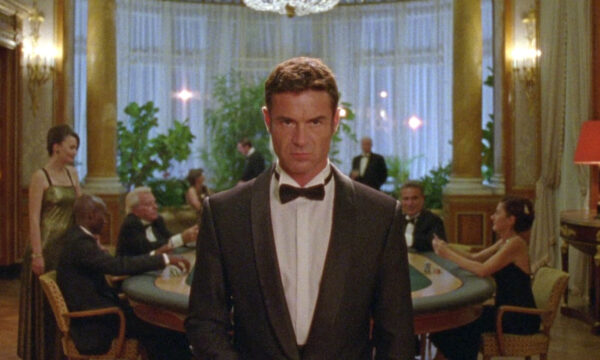
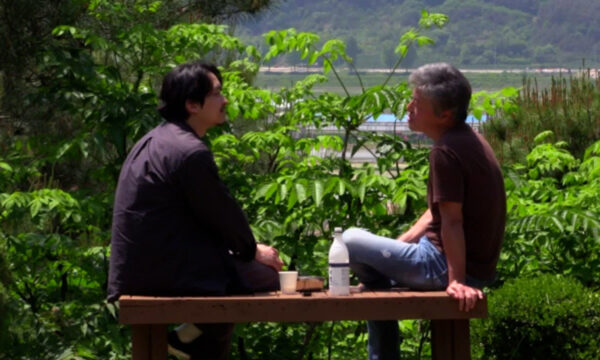
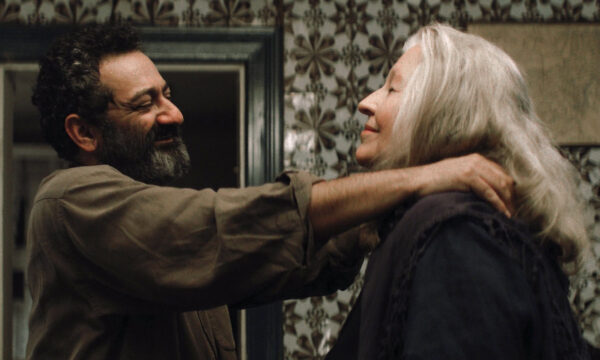
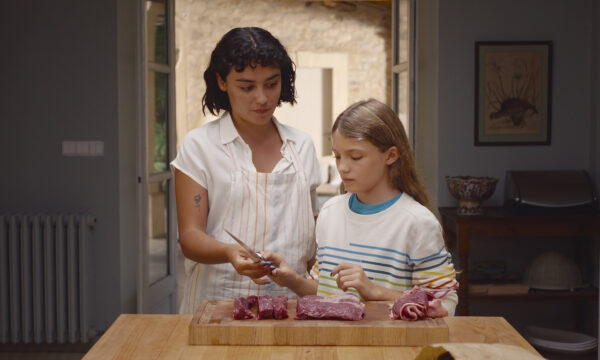
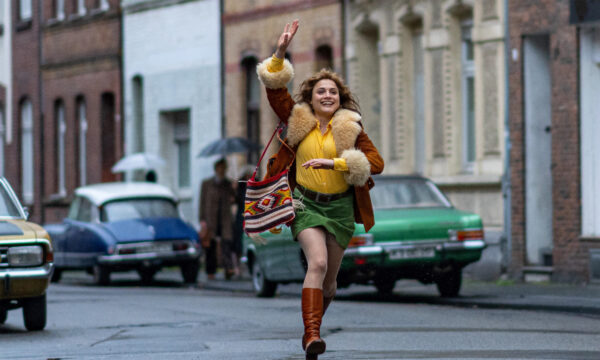
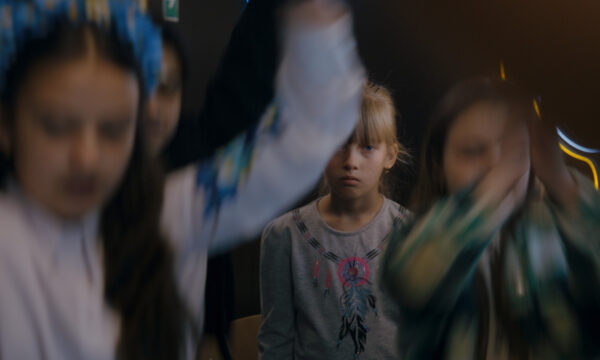













Facebook
Twitter
Instagram
YouTube
RSS